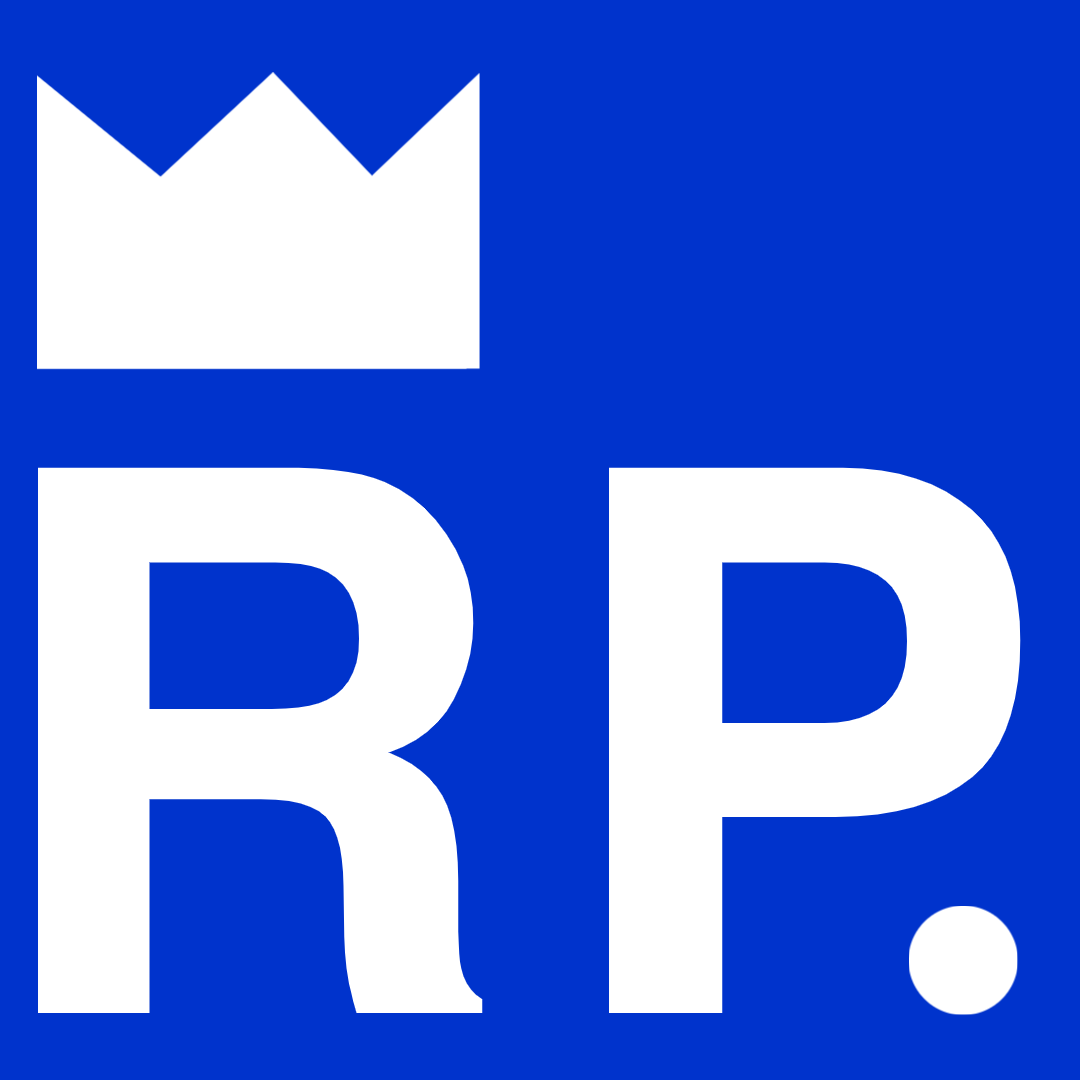Omicron Variant creating possible shift in learning at HHS
Jan 6, 2022
As the winter months are upon us, it’s clear the ease back into the school year has quickly come and gone. Experiencing daily life amidst the ongoing pandemic has guaranteed a source of anxiety alone, not accounting for the anxiety stemming from the stress of day to day life endured by the average student.
Although the initial return to in-person school promised a more stable and interactive high school learning environment, the transition also presented new mental health challenges. The intensity of challenges students faced coupled with school mental health assistance shortages seems to be more of a serious concern than what is viewed on the surface.
As of recently, 71 percent of Minnesotans ages five and up are vaccinated. Despite a high vaccination rate compared to the rest of the country, Minnesota is one of the biggest COVID hotspots in the U.S.
Omicron is the latest strain and spreads much more aggressively than any other.
Doctors believe that a lack of vaccination is an issue, but also a lack of care towards the issue. People feel that once they have received their vaccine they don’t need to social distance or mask up.
Not only is there slight speculation regarding a return to online-school due to poor vaccination rates and increasing COVID rates, there seems to be a desire amongst students to make this transition.
For many students, the instability of coming to school in person and having to face pressures that were easily avoidable over virtual learning allowed students to thrive in class and engage more with their studies than in-person.
“Forcing the staggering number of students out with COVID right now to learn entire lessons at home without any Google meets or other virtual protocols is extremely ignorant,” Marit Erickson, junior, said. “Administration is practically ignoring that half our student body is unvaccinated, and merely asking politely for students to mask up isn’t going to prevent the spread of such a highly infectious disease.”
With Omicron rates rising, new anxieties and mental health struggles amongst high school students are coming to light more than ever. The struggles faced by many have had an overwhelming effect on student’s energy level, concentration, dependability, mental ability, and optimism, hindering academic performance. Research even suggests that depression is associated with lower grade point averages, and that co-occurring depression and anxiety can increase this association.
Existing worries about school now include student safety as more and more HHS students test positive for COVID. Online school could lift the burden of both safety and stress for many.
The view reflecting how online school would be essential in providing an aid for poor mental health is strongly rejected by those who feel the exact opposite, believing the transition to online school would promote poor mental health.
“If returning back to online school was enacted, the consequences, for me personally, will be drastic,” Lee Hutton, senior, said. “Firstly, it might have an effect on how well I am able to complete and turn-in assignments, therefore causing grades to dip. Secondly, it reduces my accountability to get work done. Also, it’s draining, the practice of online school and the circuitous days enabled by it make everything mundane and monotonous. I don’t want that to happen again.”
No matter the favored style of learning, virtual or in person, it’s likely the undeniable spike in cases will play an immediate role in the future of learning at HHS. As the state continues to closely monitor the spread of the virus, the systems of learning will surely reflect the stage of the virus and its likely change is on the horizon.
